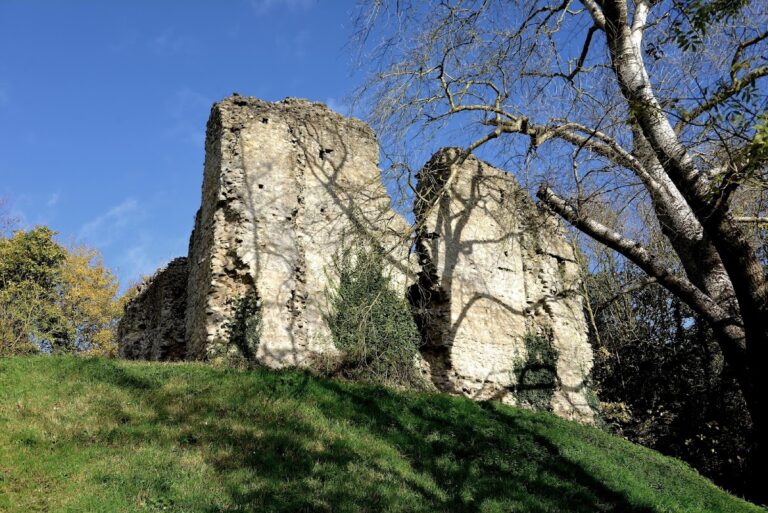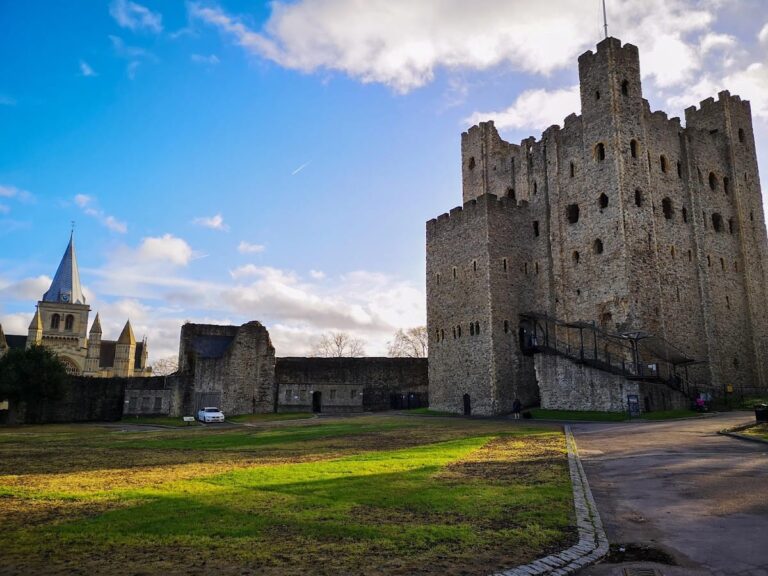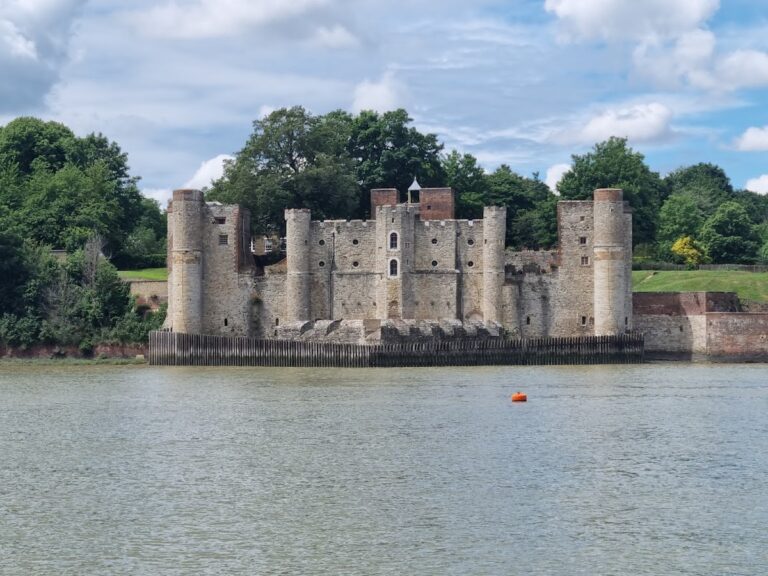Thurnham Castle: A Medieval Norman Fortress in England
Visitor Information
Google Rating: 4.1
Popularity: Low
Google Maps: View on Google Maps
Country: United Kingdom
Civilization: Unclassified
Remains: Military
History
Thurnham Castle is a medieval fortress situated near the village of Thurnham, just northwest of Maidstone in England. It was established during the 12th century by the local Norman nobility who controlled the area.
The construction of the castle took place under the direction of Robert de Thurnham, a member of the family that first owned the site following the De Say family’s tenure. Built during King Henry II’s reign, the fortress served as a stronghold amid the rolling hills of the North Downs. Robert and his brother Stephen de Thurnham are notable for their involvement in the Crusades alongside King Richard the Lionheart. Robert held important military and administrative responsibilities, eventually becoming commander and governor of Cyprus, while Stephen accompanied the queen mother on her return from the campaigns.
Historical records hint that Robert de Thurnham may not have returned from the Holy Land, a circumstance that likely contributed to the castle’s decline. By 1215, a charter referring to lands within the castle walls suggests the fortress fell into ruin at a relatively early date. This condition appeared to persist into the 19th century when accounts still described the site as a ruin. Over time, the castle ceased functioning as a defensive structure and became part of the surrounding landscape.
Remains
Thurnham Castle was originally designed as a motte-and-bailey fortress, fitting the Norman style of hilltop defense common in the 12th century. The entire enclosure once covered about 1,000 square meters, with walls constructed primarily from flint stone, a material widely used in the region. Flint was shaped and set to form the castle’s defensive perimeter, which still stands on one side to a height of approximately three meters, providing a glimpse of the original enclosure’s scale and strength.
The motte, an earthen mound that supported the main keep, rises prominently on a hill at the edge of the North Downs. While the mound itself remains visible, no stone masonry survives on its summit, indicating that any buildings that once stood there have vanished over time. The site underwent clearing of vegetation to reveal these features more clearly and to make the grounds accessible.
Today, the remains of Thurnham Castle are modest but telling, consisting chiefly of the surviving defensive wall fragments and the earthwork motte. These elements allow visitors and historians alike to appreciate the castle’s original layout and medieval function within the landscape it once dominated.










